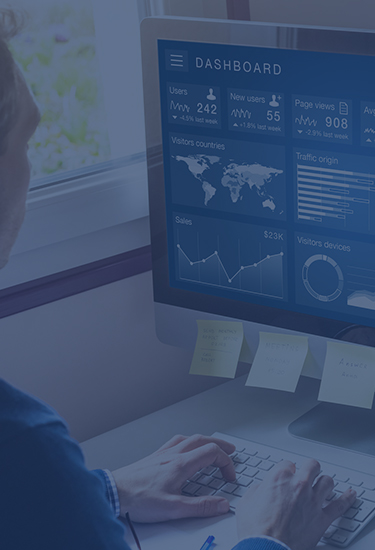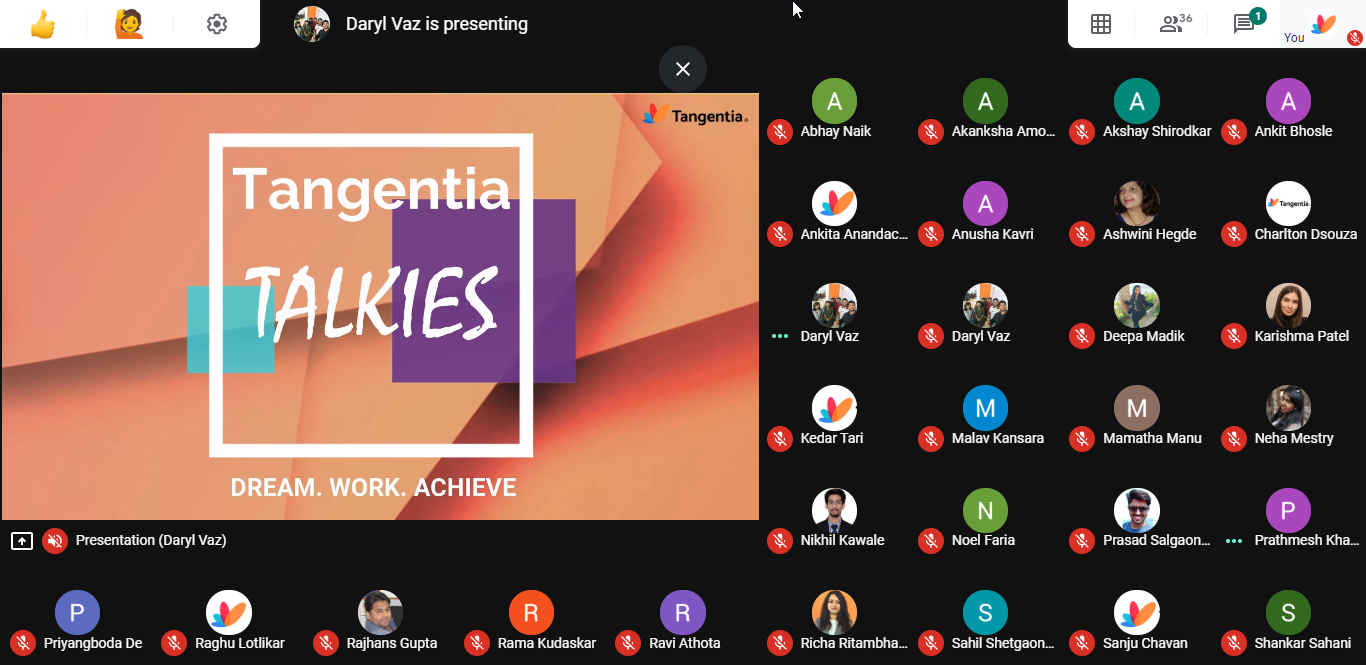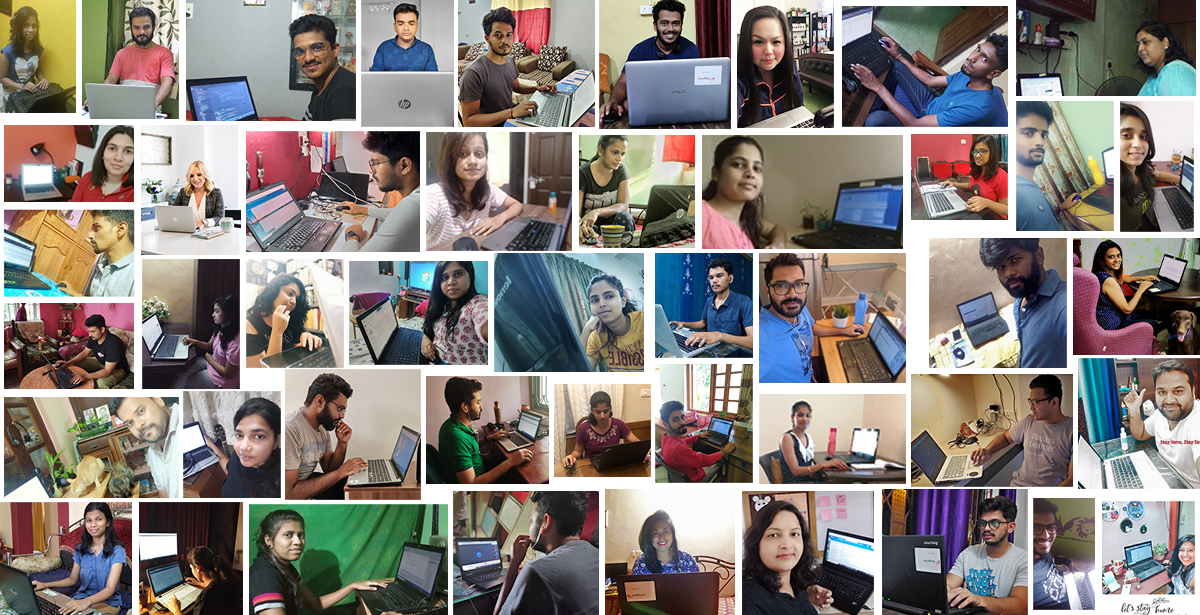Everyone’s heard about Electronic Data Interchange (EDI) systems by now. But seamlessly integrating EDI data into an Enterprise Resource Planning (ERP) system is one area where many companies struggle. It’s important that these two systems communicate flawlessly to minimize processing times, eliminate errors, and avoid compliance issues.
Many companies rely on EDI systems that they struggle to maintain as they start to transition into the era of cloud technology. Most of them are legacy EDI systems that have been patched along over the decades, and trying to make them compatible with modern ERP systems is often a challenge.
So, how can you ensure that your EDI data is compatible with your ERP system? Let’s start by assessing the types of problems that most companies face when trying to integrate their EDI data with their ERP.
The Most Common EDI Data Integration Problems
Let’s face it—incorporating your EDI data into your ERP system isn’t an easy task. Here are a few of the most common problems you’ll encounter:
- Poorly-built integrations that aren’t standardized. The entire premise of EDI is built around the idea of standardized file formats. Your organization may have developed a series of internal processes and policies over the years. Each layer of added difficulty only complicates the integration process.
- Handing the project off to an inexperienced team. Every aspect of your integration needs to be managed carefully as a simple error could potentially lead to a halt of the rest of the downstream processes, and worst, compliance issues. Don’t make the mistake of handing the project off to an inexperienced team. The data you send and receive is important to your business, and it’s vital that your vendors and suppliers have access to accurate and compliant data to minimize disruptions to your business processes.
- Relying too heavily on manual processes. Accountability and control are important aspects of EDI—but relying on manual processes can complicate the integration process. It is best practice to automate these processes to ensure that the data that you are integrating is accurate and reliable from end-to-end.
- Deploying too many back-end applications. It’s not uncommon for businesses to use various CRM’s, ERP’s, and other applications to simplify their back-end processes. However, integrating your EDI data into multiple applications can increase the likelihood of costly errors being made.
Every organization is unique, and the challenges you face may be different. Still, your main focus should always be on maintaining the integrity and accessibility of the data that is essential to your business and your customers.
EDI Data and ERP Integration: Your Options
Several options exist when it comes to integrating your EDI data into an ERP system. The most popular options include:
Use a Third-Party EDI Integration Plugin
Some companies use a Third-Party EDI Integration Plugin that acts as a bridge between their EDI and ERP systems. While this may prove successful for your organization, the cost associated with this option is typically high.
Work with a Third Party EDI Service Provider
Third party EDI service providers not only ensure your EDI compliance with your trading partners’ EDI requirements, but they also typically offer ready-to-use integration modules for most ERPs. Many companies rely on Third Party EDI Service Providers to fully manage their overall EDI infrastructure, freeing them from costly in-house management and maintenance of these systems.
Utilize Web Services
The more modern ERP, WMS and eCommerce platforms have started to embrace web services/API integration to allow their applications to seamlessly communicate with other applications. EDI data can be incorporated into your ERP by utilizing APIs.
Implement Flat Files
Flat files are known as text database files. They are the most basic form of EDI data available. This method uses simple text files called flat-files (or CSV) to ensure data is compatible with the majority of ERP systems. Other EDI systems may use the XML format. These two file formats are the global standard in EDI and are highly-integratable with other ERP solutions.
Need Help Choosing the Right Integration Option for Your Company?
Integrating your EDI data into an ERP system is a major process that every organization that handles huge amounts of data should consider. Tangentia specializes in fully integrated EDI solutions, and can help your company successfully build the bridge between your EDI, ERP, WMS, eCommerce and other business applications.
Tangentia has decades of experience working with EDI systems, and we understand exactly what it takes to build an automated system that is flexible, compliant, and functional while being cost-effective.
Get in touch with a member of the Tangentia team today to see how we can automate your EDI data flow between your existing business applications.
Get Started Today
Tangentia is a Platinum Partner of IBM and well as partners with Automation Anywhere, UI Path, Blue Prism, Adobe, Microsoft, Salesforce, Amazon and leading enterprise software vendors. We work with customers globally with offices in Canada and India to implement their RPA strategies using an agile methodology.
Read Now


























































